Explanation
Along the river from Gongju toward Daejeon there is Geumgang River to the right. Following this river, there is a red arch-shaped bridge on the right called Bultigyo Bridge. Geumgang Recreational Forest, a large and well-organized forest, is located on the other side of this bridge. In the past, this remote village can only be reached by boat. In 1994, the Chungnam Forest Environment Research Institute moved to this area and designated the well-preserved dense forest as Geumgang Recreational Forest, and the Forest Museum opened in October 1997. Geumgang Recreational Forest is different from other recreational forests. Rather than a dense forest with a trail, this forest has a variety of attractions such as the Forest Museum, an arboretum, greenhouse, pond, and wildlife park scattered on well-maintained roads, giving the impression of a city park.
Inquiry
+82-41-635-7400
Homepage
Information Use
Capacities : 2,000 people per day
Contact and Information : • 1330 Travel Hotline: +82-2-1330
(Korean, English, Japanese, Chinese)
• For more info: +82-41-635-7400
Opening day : October 31, 1997
Parking facilities : Available
Day off : Arboretum, Forest Museum, greenhouse: First Wednesday of every month / Forest Cabin, Forest Recreational Hall, campsite: First and third Wednesday & Thursday of every month
Hours : [Accommodations] Check in 14:00 / Check out 11:00
[Arboretum]
March-October 09:00-18:00
November-February 09:00-17:00
More information
Restrooms
Available
Admission Fees
Individual: Adults 1,500 won / Teenagers 1,300 won / Children 700 won
Group: Adults 1,300 won / Teenagers 1,100 won / Children 500 won
* Group: 30 people or more
* Free admission: Preschoolers (ages 6 & under), senior citizens (ages 65 & over)
Parking Fees
Compact cars: 1,500 won
Small cars: 3,000 won
Large vehicles: 5,000 won
* Free parking available for Forest Cabin patrons
Available Facilities
The Forest Museum, zoological garden, arboretum, wild flower garden, pond, observatory, accommodations, grass plaza, hiking trail, water play area, sports facilities, outdoor classroom
Facility Utilization Fees
Forest Cabin: Low season 56,000~110,000 won / Peak season 76,000~107,000 won
Forest Recreational Hall: Low season 56,000~260,000 won / Peak season 76,000~330,000 won
Cabin: Low season 35,000 won / Peak season 45,000 won
Camping Site: Low season 6,000 won / Peak season 7,000 won
Reservation Info. for Foreigners
Website reservation available
Location
110, Sallimbangmulgwan-gil, Sejong-si
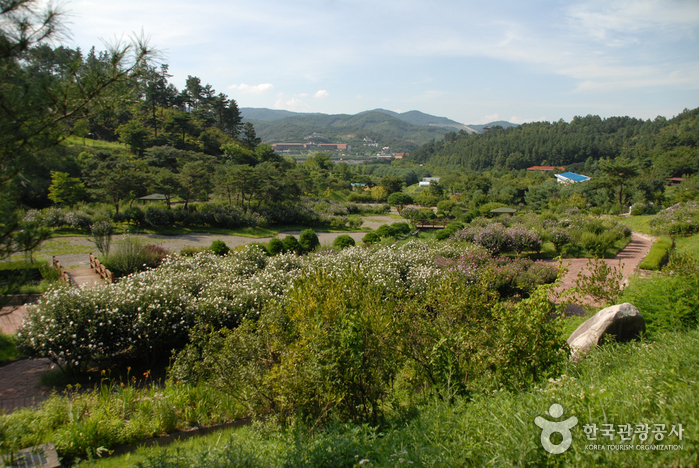

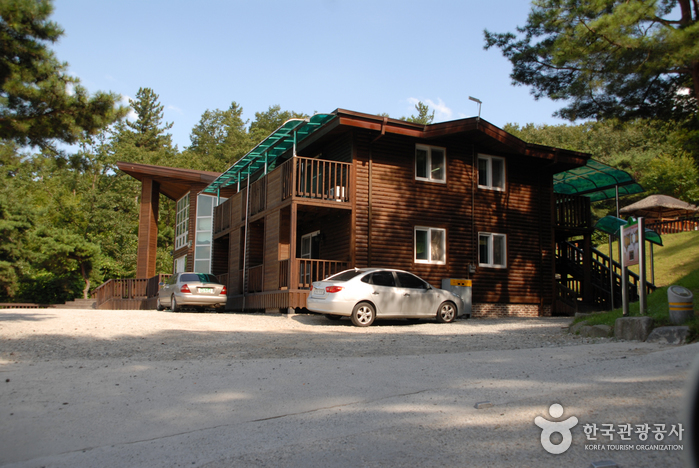
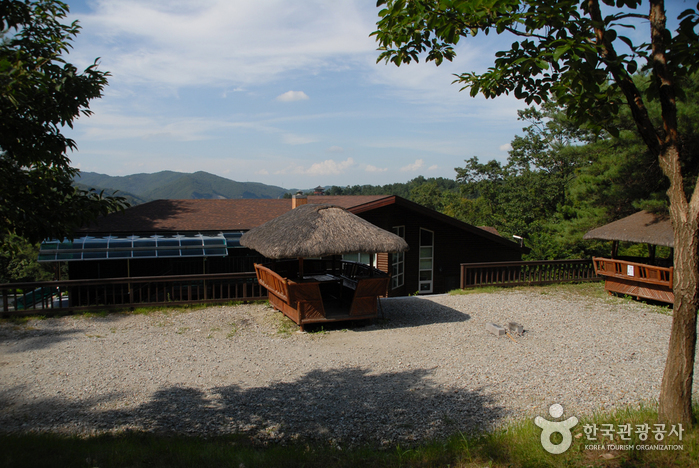
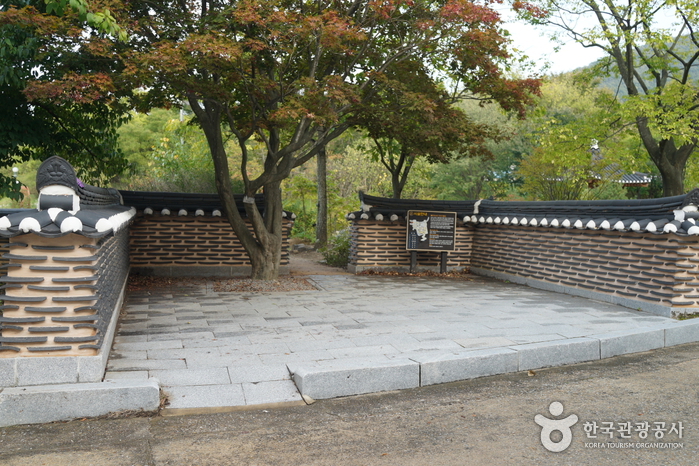
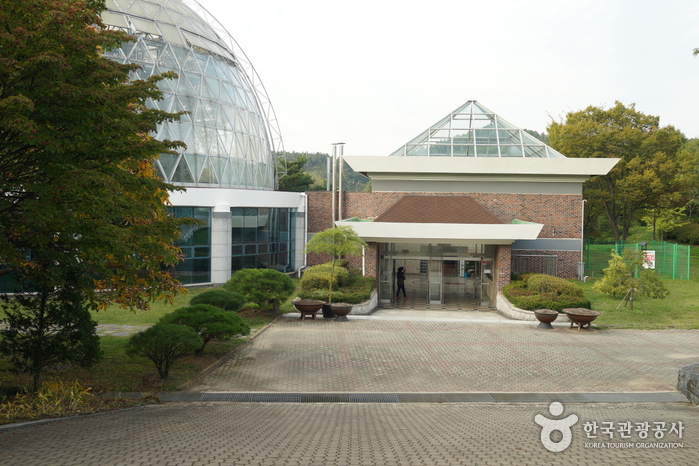
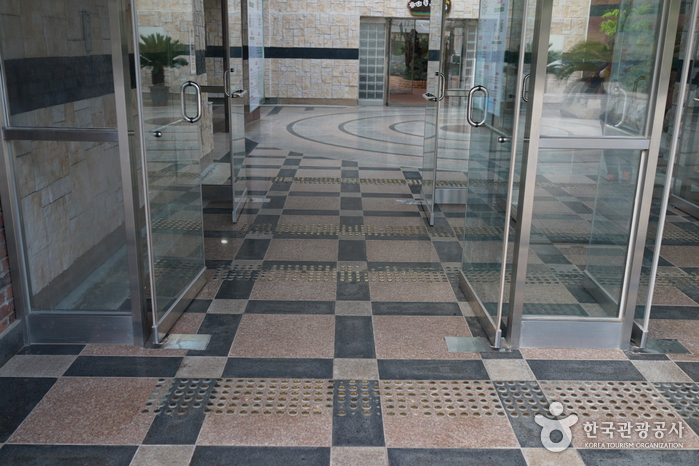
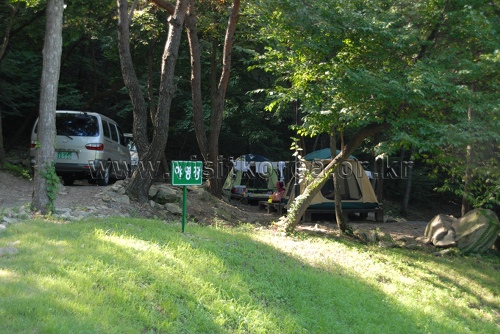
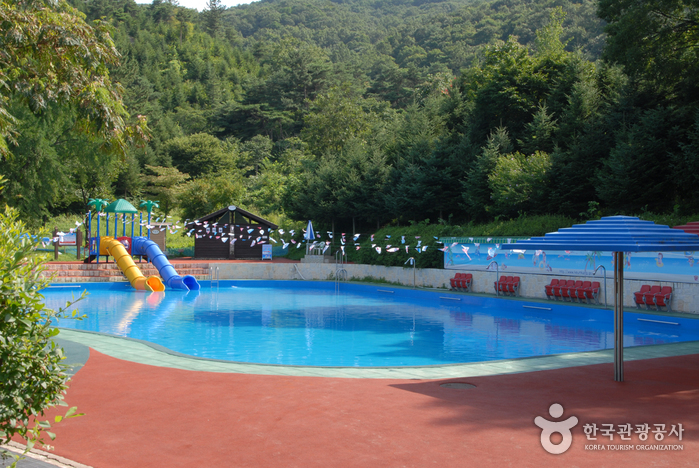
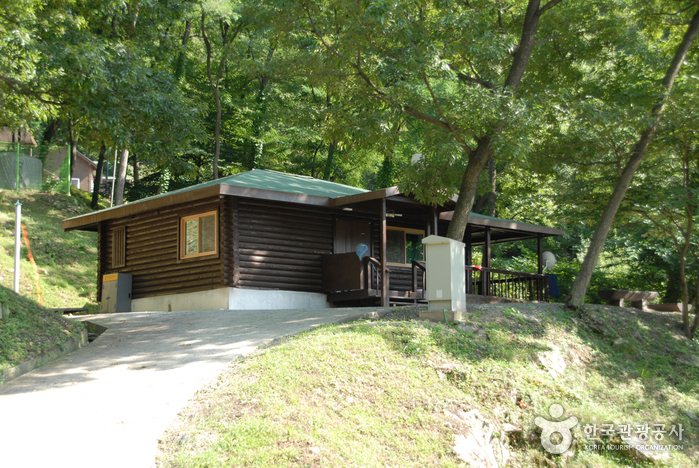
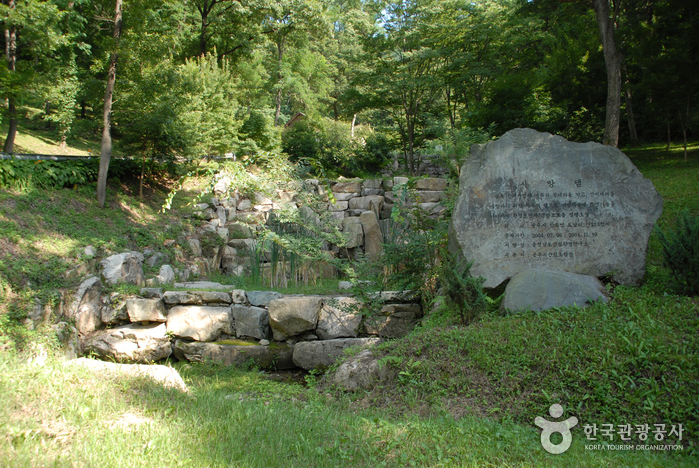
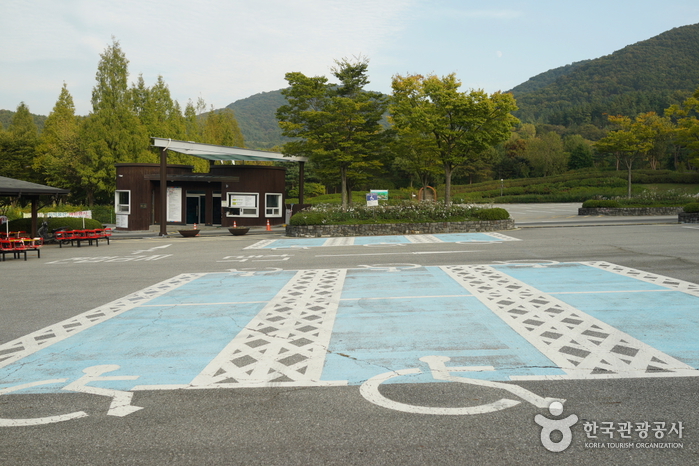
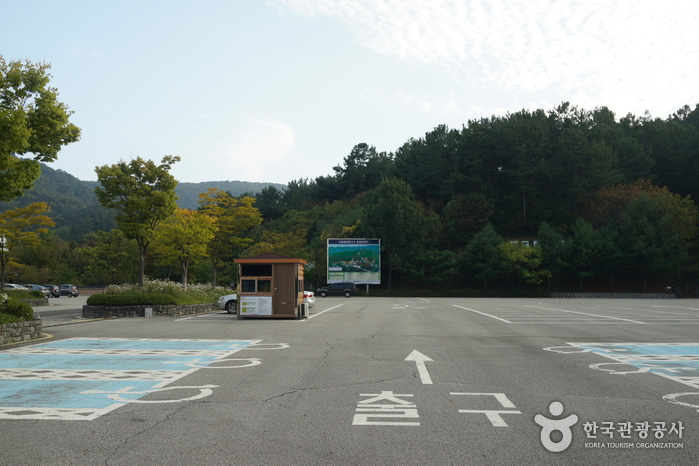
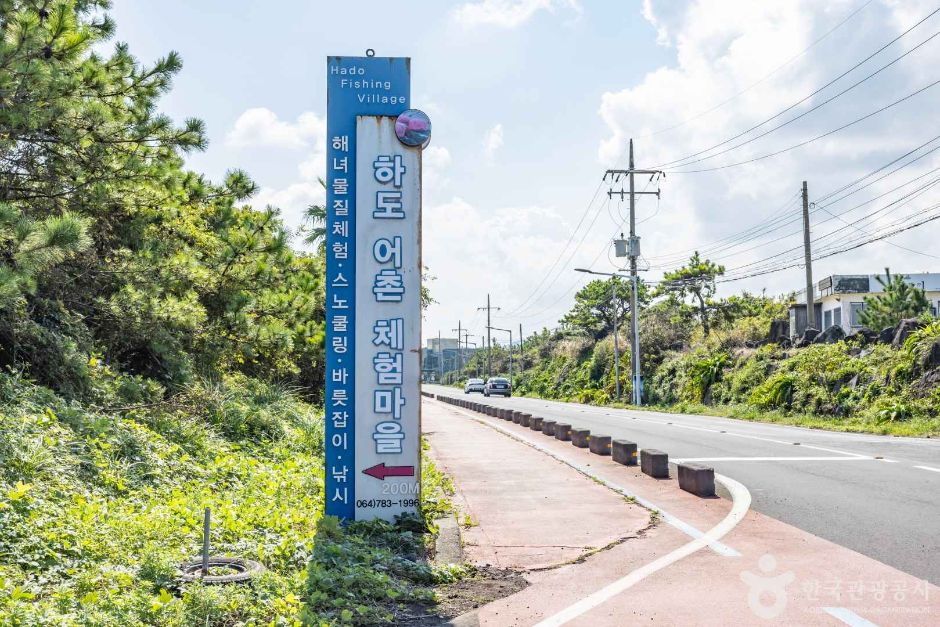
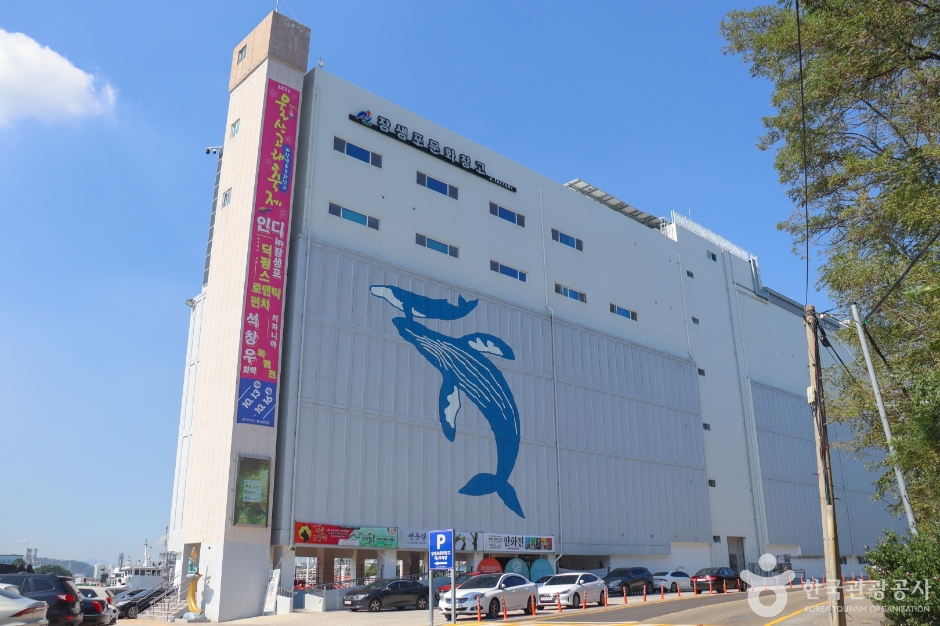
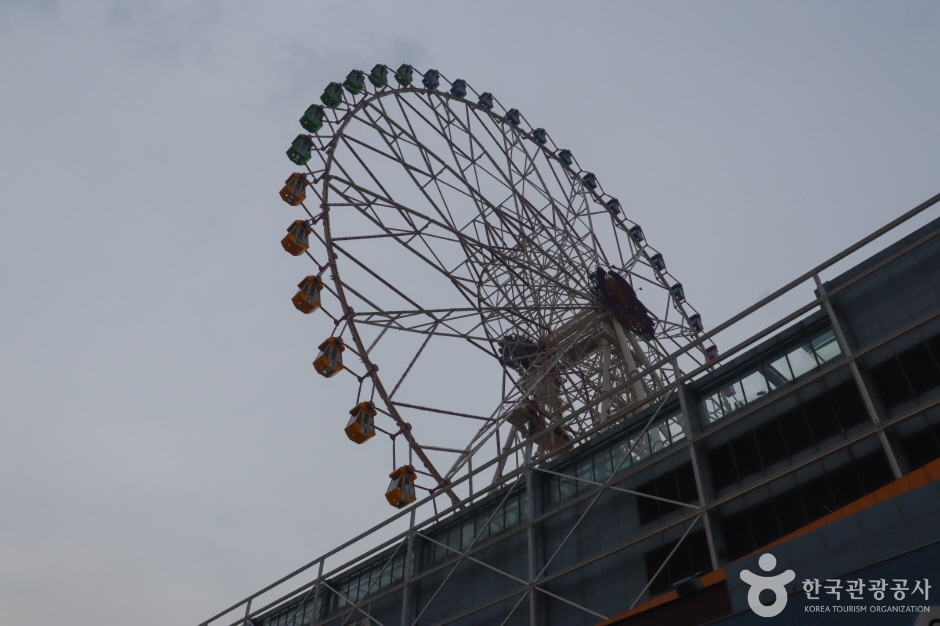
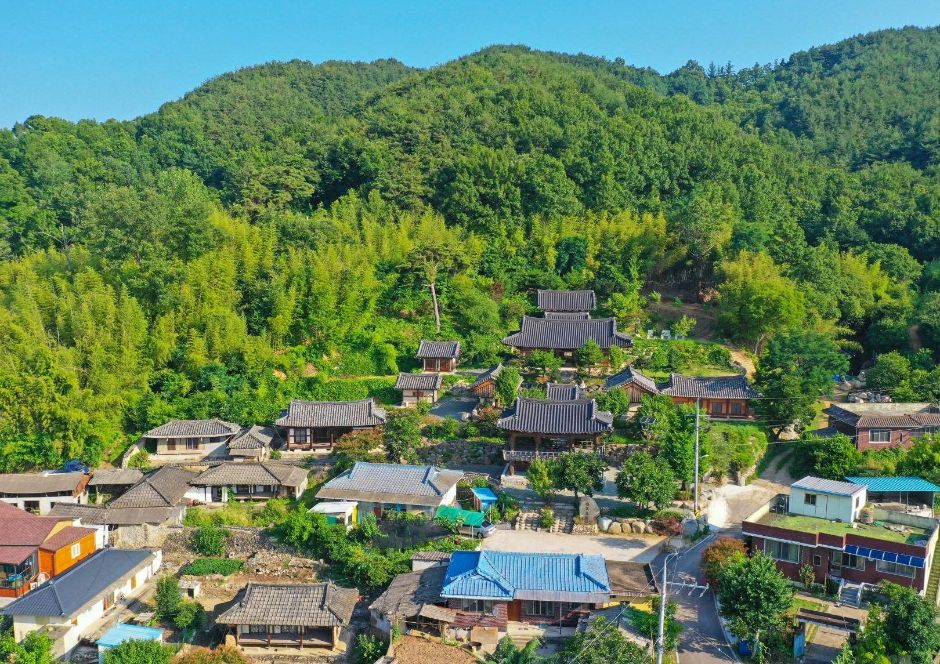

 English
English
 한국어
한국어 日本語
日本語 中文(简体)
中文(简体) Deutsch
Deutsch Français
Français Español
Español Русский
Русский